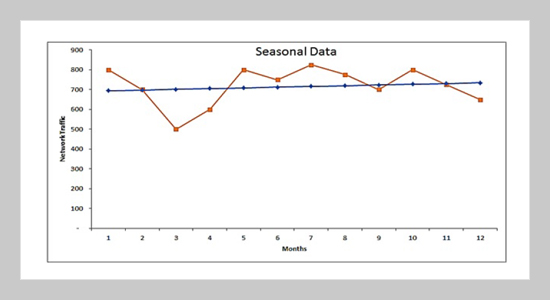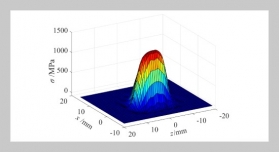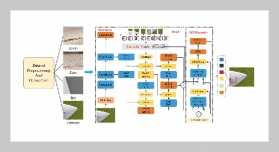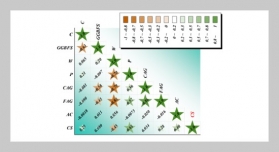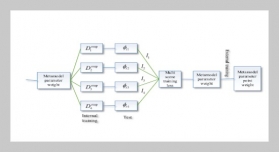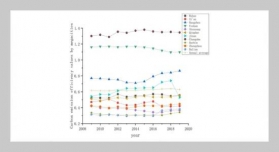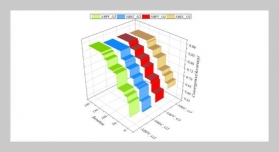V. Sathyendra Kumar 1 and A. Muthukumaravel2
1Department of Master of Computer Applications, Annamacharya Institute of Technology and Sciences, Rajampet, India
2Faculty of Arts & Science, Bharath Institute of Higher Education Research, Chennai, India
Received:
February 24, 2020
Accepted:
April 30, 2020
Publication Date:
September 1, 2020
Download Citation:
||https://doi.org/10.6180/jase.202009_23(3).0011
ABSTRACT
Recently, the popularity of predictive analytics has grown in many areas. For mobile networks, it is the most critical technique that can offer the advantages of mobile network planning to operators for predicting the mobile traffic of each Long Term Evolution (LTE) market. It can help operators spend the least investment on new sites and new communities but can guarantee an excellent service experience for mobile broadband users. Mobility management essentially has two databases: one is the Home Location Register (HLR) and the other the Visitor Location Register (VLR) is. The mobile user can move to call tracking from anywhere in the network location registry. In mobile data networks, an essential factor is a demand for telecommunications containing the number of subscribers and the prices for the required service data. To understand what subscribers need to build customer satisfaction, this requirement needs to be precisely predicted. In this context, the approach to forecasting mobile telephony used in Indian telecommunications, in our view, does not fully take into account the demand for data already recorded on its core network. In this paper, we are analyzing the Seasonal Forecast Time series model (SFT). This approach is used in this paper to first analyze the transferred data traffic from the core network of the operator to find a suitable model describing the inherent characteristics of data traffic and the use of model for future predictive loading in VLR database.
Keywords:
Mobile Data Traffic, Seasonality forecasting, Time series analysis, HLR-VLR databases.
REFERENCES
- [1] Y. Yu, M. Song, Y. Fu and J. Song, "Traffic Prediction in 3G Mobile Networks Based on Multifractal Exploration," Tsinghua Science and Technology, vol. 18, no. 4, pp. 398-405, 2013.
- [2] M. T. Kawser, N. I. B. Hamid, N. Hasan, M. S. Alam, M. M. Rahman, "Downlink SNR to CQI mapping for different multiple antennatechniques in LTE", International Journal of Information and Electronics Engineering, vol. 2, no. 5, 2012.
- [3] Yi-Bing Lin and Imrich Chlamtac, Wireless and Mobile Network Architectures, John Wiley & Sons, October 2000.
- [4] P. Svoboda, M. Buerger and M. Rupp, "Forecasting of Traffic Load in a Live 3G Packet Switched Core Network," 6th International Symposium on Communication Systems, Networks and Digital Signal Processing, pp. 433-437, 2008.
- [5] A.R. Modarressi and R.A. Skoog, “Signaling System No.7: A Tutorial,” IEEE Communications Magazine, July 1990.
- [6] Yi-Bing Lin, “Mobility Management for Cellular Telephony Networks,” IEEE Parallel and Distributed Technology, Vol. 4, No. 4, 1996, pp. 65-73
- [7] J. R. M. Hosking, "Fractional Differencing," Biomertrika, vol. 68, no. No.1, pp. 165-176, 1981.
- [8] R. J. Hyndman and G. Athanasopoulos, Forecasting: principles and practice, May, 2012.
- [9] N. S. nalawade and M. M.Pawar, "Forecasting Telecommunications Data With Autoregressive Integrated Moving Average Models," Proceedings of 2015 RAECS UIET Panjab University Chandigarh, December 2015.
- [10] T. Hastie, R. Tibshirani and J. H. & Friedman, The elements of statistical learning: Data mining, inference, and prediction, 2nd ed., NY: Springer., 2009.
- [11] S. M. Blust, "IMT-Advanced standards for mobile broadband communications," ITU-R Working Party 5D (IMT Systems), 2016.
- [12] Ernst &Young Global Limited, "Global Telecommunication Study: Navigating the road to 2020," 2015.
- [13] Samuel Medhn, Bethelhem Seifu, Amel Salem, Dereje Hailemariam, “Mobile Data Traffic Forecasting in UMTS Networks Based on SARIMA Model: The Case of Addis Ababa, Ethiopia” Proceedings of IEEE Africon 2017.
- [14] Francis Kwabena Oduro-Gyimah, Kwame Osei Boateng “Analysis And Modelling of Telecommunications Network Traffic: A Time Series Approach”, International Journal of Technology and Entrepreneurship Vol. 1, Issue 1, June 2018.
- [15] Arvid Baarnhielm “Multiple time-series forecasting on mobile network data using an RNN-RBM model”, http://www.teknat.uu.se/student, ISSN: 1401-5757, February, 2017.
- [16] Tran, Q. T., Li, H., & Trinh, Q. K. (2019). Cellular network traffic prediction using exponential smoothing Methods. Journal of Information and Communication Technology, 18 (1), 1-18.
- [17] Bastos, Joao A. “Forecasting the capacity of mobile networks”,https://mpra.ub.uni-uenchen.de/92727, MPRA Paper No. 92727, March 2019.


